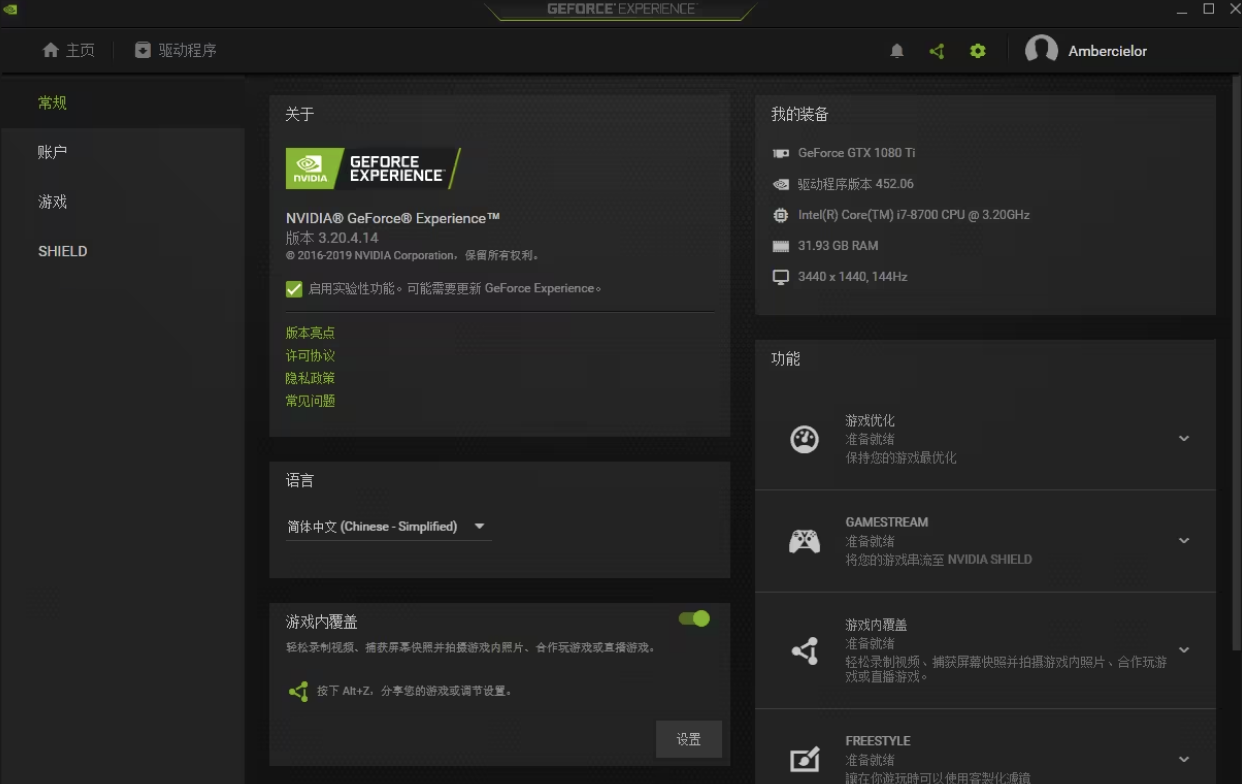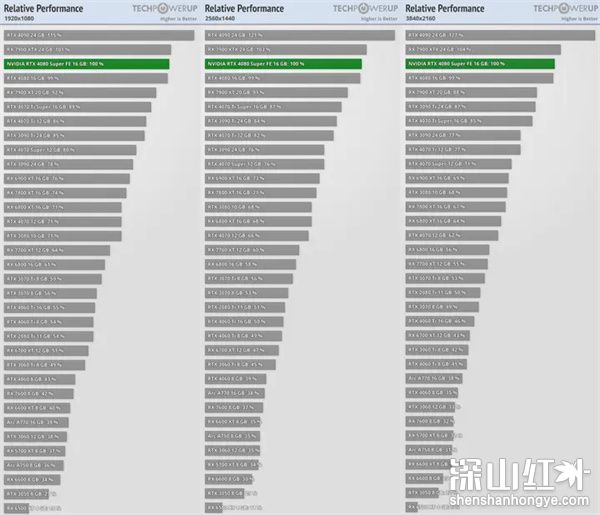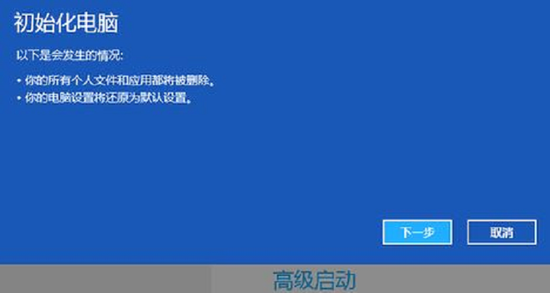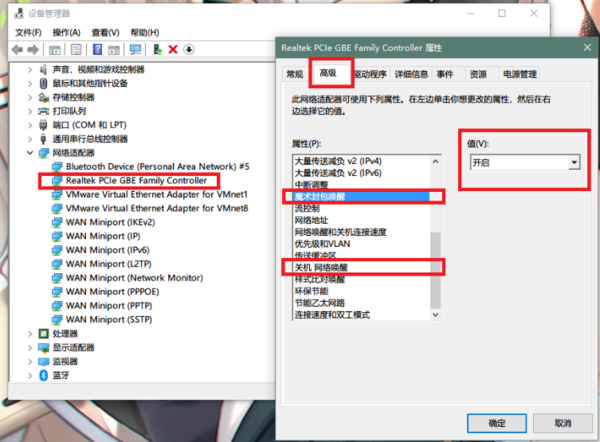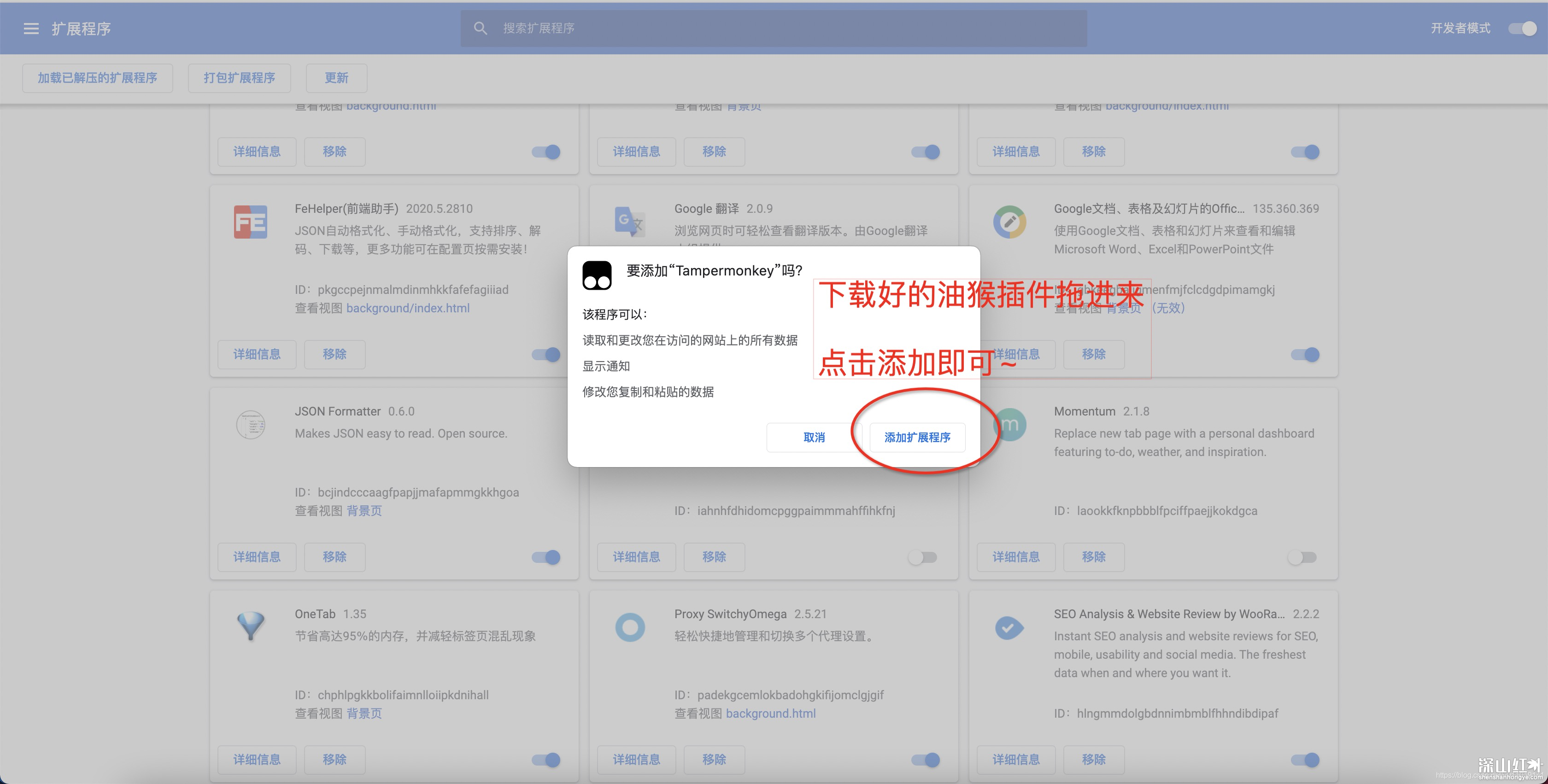Solved: Enable Auto-Exposure Using Python Code - Intel Communities
后端控制代码:
import pybackend2 as rs
import time
def on_frame(profile,f):
print ("收到 %d个字节" % f.frame_size)
# Accessing image pixels
p = f.pixels
print ("前十个字节是: ")
for i in range(10):
print (hex(p[i]))
print(profile)
try:
# ==============建立设备====================
backend = rs.create_backend()
infos = backend.query_uvc_devices()
print(infos)
print("有%d 个连接 UVC 的设备" % len(infos))
if len(infos) is 0: exit(1)
info = infos[2]
dev = backend.create_uvc_device(info)
print ("VID=%d, PID=%d, MI=%d, UID=%s" % (info.vid, info.pid, info.mi, info.unique_id))
# =================打开电源=============
print ("打开电源...")
dev.set_power_state(rs.D0)
# ===================配置流=================
print ("打印设备支持的UVC配置文件列表...")
profiles = dev.get_profiles()
vga=0
for p in profiles:
print (p)
# 保存 IR VGA 设置为稍后
if p.width == 640 and p.height == 480 and p.fps == 30:
vga = p
first = profiles[0]
print ("协商Probe-Commit的第一个配置文件....")
dev.probe_and_commit(first,callback=on_frame)#回调函数
#======================深度相机曝光度=====================
#定义 深度相机曝光度
xu = rs.extension_unit(0, 3, 2, rs.guid("C9606CCB-594C-4D25-af47-ccc496435995")) # Define the Depth XU
#初始化 depth XU
#dev.init_xu(xu)
#ae = dev.get_xu(xu, 0xB, 1) # get XU value. args: XU, control #, # of bytes
#print ("Auto Exposure option is:", ae)
#print ("Setting Auto Exposure option to new value")
#dev.set_xu(xu, 0x0B, [0x00]) # set XU value. args: XU, control #, list of bytes
# ae = dev.get_xu(xu, 0xB, 1)
# print ("New Auto Exposure setting is:", ae)
#====================PU 控制=================================
gain = dev.get_pu(rs.option.gain)
print ("Gain = %d" % gain)
print ("将gain设置新值:")
#dev.set_pu(rs.option.gain, 32)
gain = dev.get_pu(rs.option.gain)
print ("New gain = %d" % gain)
# ======================开始流==============================
print ("'开始回调(所有引脚):")
dev.start_callbacks()
print ("开始流(从所有引脚)..")
dev.stream_on()
print ("等待5秒,等待帧:")
time.sleep(5)
# =======================关闭设备=========================
print ("停止读取新的回调….")
dev.stop_callbacks()
print ("关闭特定的引脚....")
dev.close(first)
# 将帧保存到磁盘
def save_frame(profile, f):
f.save_png("pybackend_example_1_general_depth_frame.png", 640, 480, f.frame_size / (640*480))
print ("使用配置文件保存IR VGA帧:", vga)
dev.probe_and_commit(vga, save_frame)
#重新打开自动曝光
# dev.set_xu(xu, 0x0B, [0x01])
dev.start_callbacks()
dev.stream_on()
time.sleep(1)
dev.close(vga)
print ("Move device to D3")
dev.set_power_state(rs.D3)
pass
except Exception as e:
print (e)
pass
关于UVC: USB 视频类,是一种为USB视频捕获设备定义的协议标准。VideoControl(VC)Interface和VideoStream(VS) Interface是其中基本的intelface。VCInterface用于进行配置,操控,设置UVC设备进入不同的功能状态,而VSInterface则负责视频数据流的传输。
大概解释:(84条消息) UVC(USB Video Class)协议讲解_LinuxWorking的博客-CSDN博客_uvc协议

